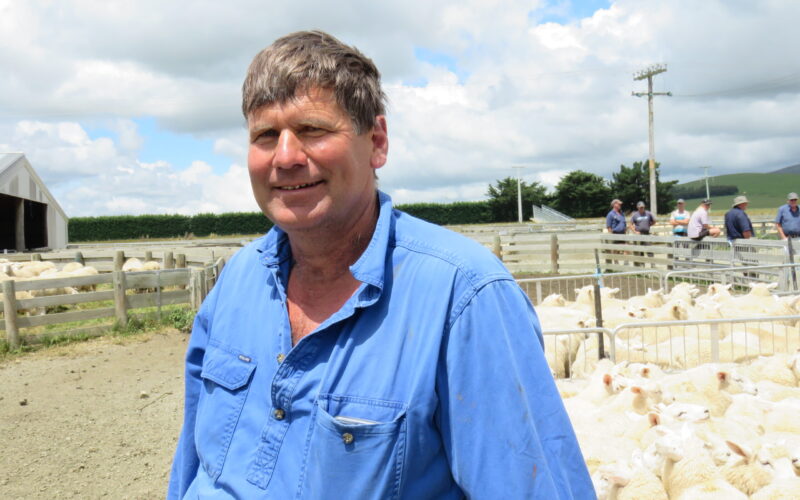Matt Holden is unequivocal in his answer when asked if sheep farming has a future.
“Bloody oath it has,” says the Hawke’s Bay farmer and ram breeder.
As part owner of the Kelso sheep breeding business, Holden could be seen as having a vested interest, but he qualifies his enthusiasm by noting the low environmental footprint of sheep and the potential to use New Zealand’s attributes to add value to its sheepmeat and wool.
Holden sees the sheep industry moving more towards vertical integration to enable niche marketing of branded NZ products to discerning consumers.
“We’ve got a great back story on which to integrate farmers and consumers,” he said.
He recalled a friend saying NZ should be the world’s farmers market, using its natural attributes to promote food to consumers willing to pay premium prices for products that meet their values and expectations.
Developing new wool products and uses is crucial to the future viability of sheep but may require farmers looking for new opportunities, Holden said, as he has been doing for the past 15 months with a friend in the United States on a project using NZ wool.
“We must develop wool solutions that solve the requirements and demands of consumers worldwide,” he said.
“Nature has been doing research and development on wool for 10,000 years.
“There is no product that can match it and we must not forget that.”
His vision is to breed low-input ewes that grow only fleece wool, do not require crutching, are shorn once a year and clip about 3kg to 4kg.
Wildly fluctuating prices make it difficult for budgeting and Holden believes farmers and companies need to enter into long-term fixed price supply contracts to smooth out extreme pricing.
He urged farmers to keep faith with the sector, to keep looking forward and plan for the next five to 10 years.
“You only get to put rams out about 40 times during your career and you want to make sure everything you do, you do for the right reasons.
“It’s not about tomorrow or next year, it’s about 10 to 20 years in the future.”
Holden said some of his ram-buying clients are planning to reduce sheep numbers by 5-10% and run more cattle. He can see benefits from such a move in managing parasitic worms and having stronger and more productive ewes and faster growing lambs.
South Canterbury sheep farmer David Irving is confident in the future of sheep, too. They are a perfect fit with his mixed cropping business, there is demand for protein and prices will recover, he said.
“It will come back, we just have to have faith.”
Irving acknowledges the difficulty some sheep farmers are facing, especially those selling store lambs.
“We need finishers to be making $150 a head and store lambs $100 a head.”
The Irving family run 4000 ewes on 930 hectares at Albury, of which 400ha are in crops.
He has previously sold lambs as store but plans to grow more lamb-finishing crops and maintain his 4000 breeding ewe flock.
Central to improving the fortunes of sheep is a recovery of wool.
Irving, the family’s fourth generation to run the farm, said his father ran more sheep than he does, but in the 1950s wool made up 50% of farm income.
On a direct comparison basis, he estimates it currently contributes 5%.
With three of the family’s five children wanting to go farming, he is maintaining sheep production and quality to help with succession.
It is a tactic other farmers can also use.
“It all goes in cycles and it will get better, so don’t drop your production or quality so you are ready when it does recover,” Irving said










